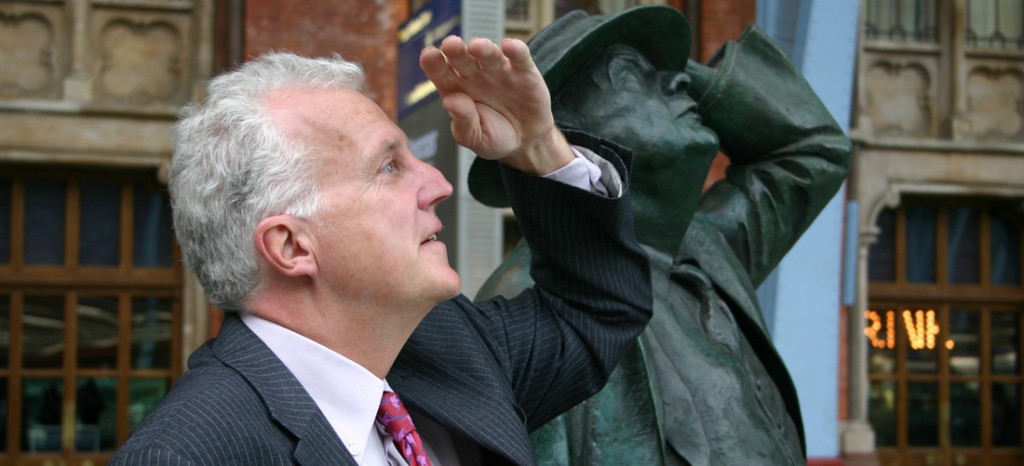Rod Eddington was rather miffed at the press coverage of his report. It concentrated on his support for road pricing which, in fact, was little more than a reiteration of the government’s line with, as usual, the suggestion that it be implemented within ten years. However, the media reaction was hardly surprising given that the report offered little new and, in any case, dealt with matters a decade hence – outside the normal purview of news editors.
There was, too, much in his report that was banal and faintly pious, the result of having been written by a team of ten civil servants, divided equally between the Treasury and the Department for Transport. The timidity of the report was guaranteed once it was decided that a Treasury man would draft the document.
One of Eddington’s suggestions, however, is worthy of a little more consideration. It might seem trite for him to recommend that the government considers all options before taking a decision and should employ a “sophisticated policy mix of pricing, better use and investment”.
Partly, Eddington uses this recommendation to pour cold water on any notion of what he calls expensive “icons” such as a high-speed line and, horrors, maglev which is certainly a technology too far for a man playing it safe. However, he hits the nail on the head here. The Department for Transport is particularly bad at challenging established thinking. It is always too ready to play safe without considering radical new options. Worse, once something becomes orthodoxy, such as rail franchising or PFIs for light rail schemes, then that becomes the only game in town.
A couple of recent examples spring to mind. The Department has taken a dislike to light rail schemes and, instead, is keen on guided busways which it sees as a cheaper and more fl exible alternative. Indeed, it has approved a scheme for a 10-mile route converting an old rail line between St Ives and Cambridge, and is funding directly most of the staggering £116m cost. Similarly, another rail conversion scheme between Luton and Dunstable has received ministerial endorsement and is set for a public inquiry.
But buses do not attract people out of their cars in the same way as rail, and an alternative that would not require ripping up the rails is an ultra-light rail system, using self-propelled trams. Several such schemes, which are far cheaper than conventional light rail, have been put forward by a company called Sustraco but have received short shrift from the Department despite clear cost and environmental advantages, Similarly, the Department refuses to look seriously at the possible funding of transport schemes through the profits made by nearby owners and developers.
Given that money is always going to be tight, such alternative sources of funding should, surely, be the focus of much work and interest in the Department. These ideas are mentioned occasionally in despatches, but never seriously considered.
The latest proposal, put forward by a company called Kilbride Community Rail, is for rail reopenings such as Lewes-Uckfi eld or Oxford-Cambridge to be funded by a roof tax levied on new housing built in the area. The Lewes- Uckfi eld scheme, which would provide a much needed diversionary route between London and Brighton, seems a no brainer and yet rail reopenings elicit little interest in the Department, even though this one would be self-funding.
Dave Wetzel, a board member of Transport for London, has long campaigned for a Land Value Tax that would sustain countless developments but his idea is always regarded as “too difficult”, and even Eddington would not meet him to discuss the idea.
The Department – and indeed much of the transport industry itself – shifts as slowly as the proverbial container ship when it comes to new ideas. Yet, if Eddington’s recommendations are really taken on board, it means thinking out of the box and really examining new ways of developing schemes. It’s rather a shame he did not roll up his sleeves and do some of this work himself, but then his report was published by the Treasury, which never wants to hear about new ways of spending its cash.
